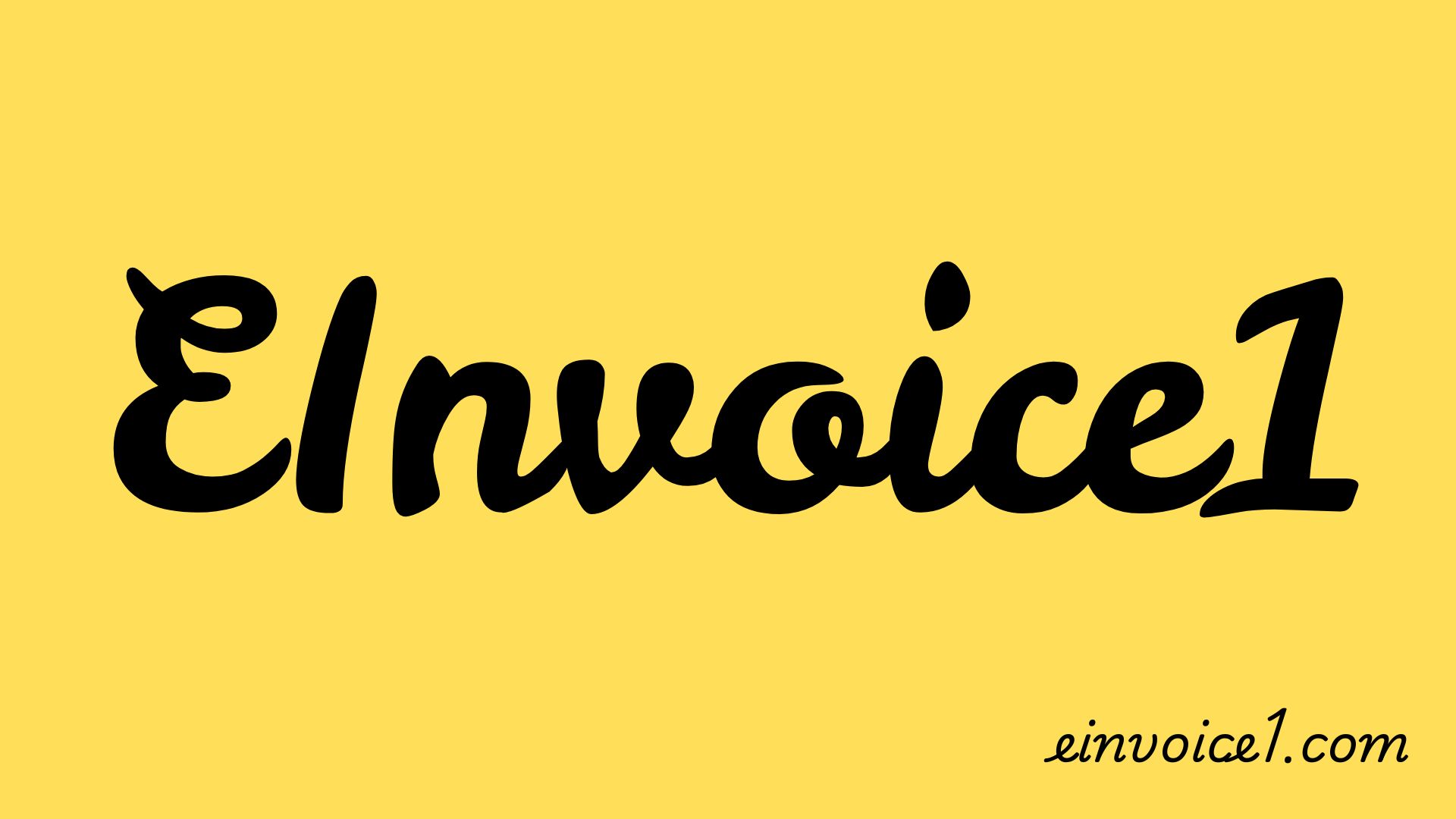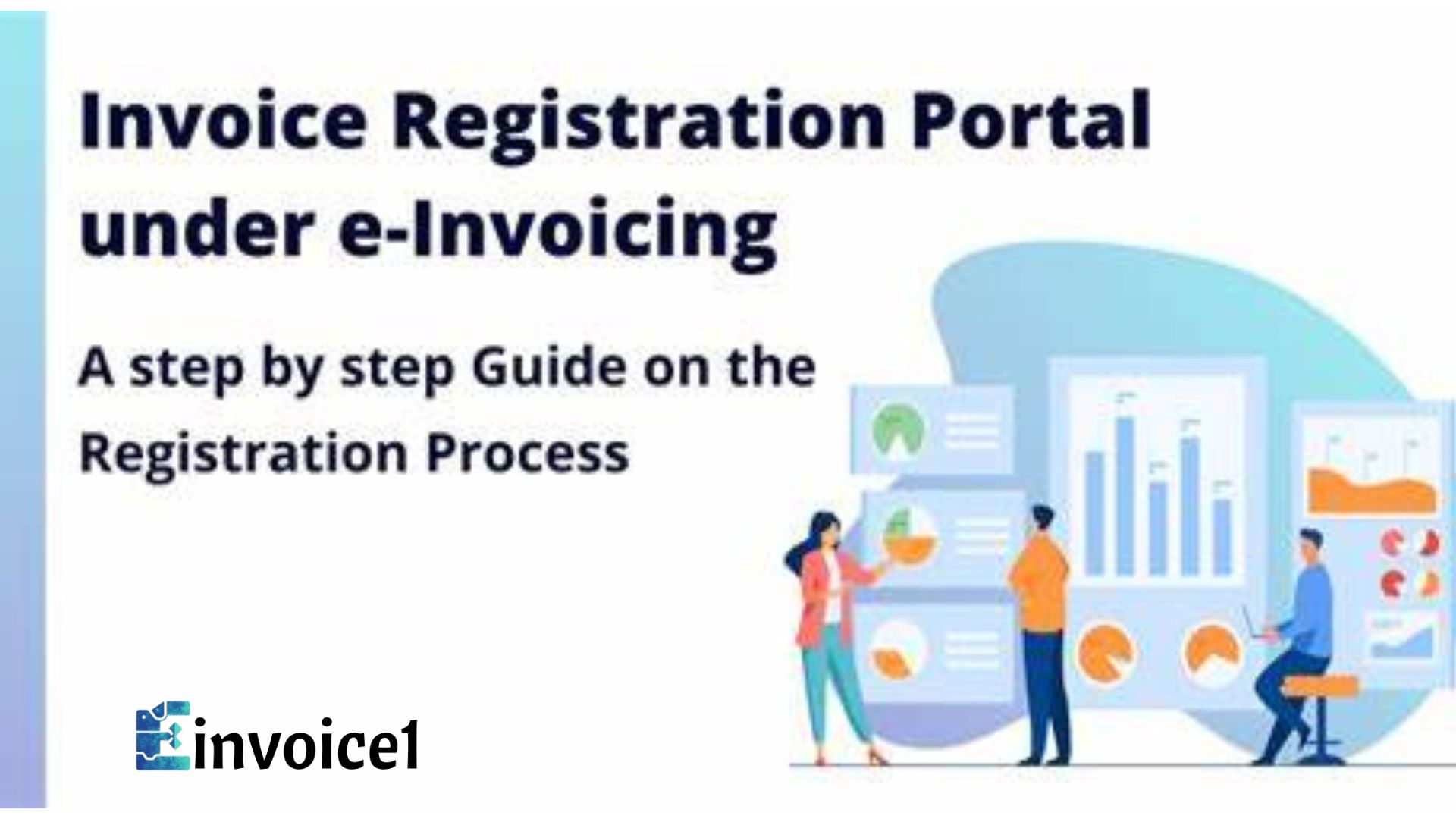Einvoice1 is the official Invoice Registration Portal (IRP), and it is formed under the supervision of India’s Goods and Services Tax (GST) framework. With einvoice1, businesses can generate Invoice Reference Numbers (IRNs) and QR codes, helping streamline GST compliance, improve data accuracy, and reduce fraud. The portal is most necessary when implementing automation of the invoice system and digitising invoices in India, especially in medium and large-sized companies.
What is einvoice1?
einvoice1 is the first and original e-invoicing system portal launched by the government of India. It allows registered taxpayers to upload their invoices in a standardized format, which the portal validates in real time. Upon successful validation, the system generates:
- A unique Invoice Reference Number (IRN)
- A signed QR code
- A digitally signed invoice
This digitally authenticated invoice is then legally valid and can be used for GST return filing and e-way bill generation.
Evolution of einvoice1 Portal
The einvoice1 system has evolved in phases since its launch:
- October 1, 2020 – e-invoicing became mandatory for businesses with an annual turnover above ₹500 crore.
- January 1, 2021 – The threshold was lowered to ₹100 crore.
- April 1, 2021 – It applied to businesses with turnover over ₹50 crore.
- April 1, 2022 – The limit reduced to ₹20 crore.
- October 1, 2022 – The threshold became ₹10 crore.
- August 1, 2023 – e-invoicing was made mandatory for businesses with turnover exceeding ₹5 crore.
This phased implementation helped businesses gradually adapt to the system and ensured nationwide standardization.
Key Features of e invoice1
- User Registration and Login
Taxpayers must register on e invoice1 using their GSTIN and verify using OTP sent to the registered mobile number. Once registered, the same login credentials can be used for the e-way bill and other connected services.
- Invoice Upload and Validation
The portal allows for:
- Single invoice uploads
- Bulk uploads via JSON files
- Real-time API integration
The system performs instant validations of data fields like GSTIN, invoice number, HSN/SAC codes, tax calculations, and more.
- IRN and QR Code Generation
Once validated, the system assigns:
- A 64-character IRN
- A digitally signed QR code
The QR code includes vital invoice information such as supplier and recipient GSTINs, invoice value, HSN codes, and IRN hash, making it verifiable.
- E-way Bill Automation
einvoice1 is integrated with the e-way bill system. When transport details are added, the system can automatically generate an e-way bill using the e-invoice data, thus eliminating duplicate entry.
- Real-time Integration and APIs
Taxpayers with large volumes of invoices can integrate their ERP systems directly via APIs. This allows for automated generation and cancellation of IRNs and improved workflow efficiency.
- MIS Reports and Dashboard
The portal provides various dashboards, analytics tools, and MIS reports to monitor invoice status, cancellations, user logins, and IRN generation statistics.
- Role-Based Access for Sub-Users
Businesses can create sub-user accounts with limited access—ideal for companies with multiple branches or large invoicing teams. Permissions can be configured to allow or restrict access to specific features like IRN generation, printing, or cancellations.
Benefits of Using e invoice1
- GST Compliance
einvoice1 ensures that all B2B invoices are authenticated and digitally signed before being used in GST filings, ensuring full compliance with the GST Act.
- Reduction in Data Entry Errors
Automated validation and auto-population of GSTR-1 from IRN data help eliminate manual entry errors, leading to better accuracy and consistency.
- Fraud Prevention
Since all invoices are verified and digitally signed through einvoice1, it reduces the chances of invoice duplication, manipulation, and fake input tax credit claims.
- Faster Input Tax Credit (ITC)
Buyers can claim ITC faster as invoices are instantly available to them through the GST system once uploaded and validated on einvoice1.
- Time and Cost Efficiency
- Reduction in paper-based processes
- Automated e-way bill generation
- Simplified tax return preparation
All contribute to saving time and resources for businesses.
einvoice1 vs Other IRPs
While einvoice1 was the first and primary IRP, the government has also authorized other private IRPs (e.g., einvoice2, einvoice3) to balance the load and ensure system resilience.
However, e invoice1 remains:
- The most widely used portal
- Fully integrated with e-way bill and GST systems
- Maintained by the NIC, ensuring reliability and security
Businesses can choose any IRP, but most still prefer e invoice1 due to its stability and longer operational history.
Who Should Use einvoice1?
E-invoicing through einvoice1 is mandatory for:
- Businesses with aggregate turnover above ₹5 crore
- Taxpayers involved in B2B transactions
- Entities issuing exports or credit/debit notes
Exemptions include:
- SEZ Units
- Banks, financial institutions
- Government departments
- NBFCs
- Insurance companies
How to Use e invoice1 – Step-by-Step Process
Step 1: Registration
- Go to the einvoice1 portal
- Enter GSTIN and verify using OTP
- Create username and password
Step 2: Prepare Invoice Data
Use either:
- Government-provided Excel-based JSON tool
- Your ERP system (if API-integrated)
Step 3: Upload Invoice
- Upload the JSON file manually
- OR use the API to send data directly
Step 4: Receive IRN and QR Code
Upon successful validation, you’ll receive:
- IRN (unique ID)
- Signed e-invoice
- QR code (printable or downloadable)
Step 5: Share and Store
- Provide the signed invoice and QR code to your buyer
- Store for your records and GSTR-1 auto-population
Common Issues and How to Solve Them
- IRN Rejection
- Check duplicate invoice numbers
- Ensure HSN codes are valid
- Validate GSTINs of supplier/recipient
- Portal Downtime
- Retry during non-peak hours
- Use bulk upload tools offline and schedule for upload
- API Errors
- Verify authentication tokens
- Check IP whitelisting
- Ensure schema version compatibility
Best Practices for Using e invoice1
- Regularly update ERP software to match GST schema changes
- Use bulk upload for large volumes to save time
- Monitor IRN and cancellation status via the dashboard
- Train staff on portal usage and troubleshooting
- Test APIs in sandbox mode before moving to production
- Enable OTP alerts for all actions on the portal
Upcoming Features and Enhancements
The GSTN and NIC are working on further improving einvoice1 with features like:
- Enhanced dashboard analytics
- Seamless multi-IRP switching
- Faster GSTR auto-population
- Support for AI-based fraud detection
- Better mobile responsiveness and UI updates
These updates are aimed at making the e-invoicing ecosystem more secure, scalable, and user-friendly.




